The Wizard's Dilemma: How to Enjoy Harry Potter While Disarming J.K. Rowling
As I stepped into the dimly lit movie theater, surrounded by fellow fans clad in Hogwarts robes, I couldn't help but feel a pang of guilt. My partner and I had just settled in for a marathon viewing of the Harry Potter series, but our differing opinions on J.K. Rowling's problematic views had left us at an impasse. How could we reconcile our love for the magical world with our disdain for its creator?
This was not the first time I'd grappled with this conundrum. As a fan of the series since childhood, I'd always been drawn to its themes of acceptance, friendship, and the struggle against oppression. But as Rowling's transphobic comments and actions came to light, I began to question whether it was possible to separate the art from the artist.
The debate surrounding problematic artists has become increasingly relevant in today's digital age. With the rise of social media, fans are no longer passive consumers but active participants in the cultural conversation. We can now hold creators accountable for their actions and opinions, yet this newfound awareness also raises complex questions about artistic merit and moral responsibility.
For many fans like me, the Harry Potter series represents a nostalgic escape from reality. But as we revisit the wizarding world, we're forced to confront the uncomfortable truth: our beloved books and movies are inextricably linked to an artist whose views on trans rights, racism, and classism are deeply troubling.
So, how do we navigate this moral minefield? Can we truly separate the art from the artist, or is it a case of "guilty by association"? To explore these questions, I spoke with experts in media studies, philosophy, and cultural theory to gain a deeper understanding of the complexities involved.
The Context: A Brief History of Problematic Artists
The concept of separating art from artist is not new. In fact, it's been debated for centuries. Thinkers like Immanuel Kant argued that artistic value lies in the work itself, independent of its creator's intentions or character. However, with the advent of social media and the 24-hour news cycle, our expectations have shifted. We now demand accountability from artists, and rightly so.
The case of J.K. Rowling is particularly instructive. Her transphobic comments and actions have sparked widespread outrage among fans and critics alike. Yet, many still argue that her work remains a powerful force for good, promoting values like acceptance, empathy, and self-discovery. But can we truly ignore the problematic aspects of her art?
Multiple Perspectives: Fans, Critics, and Experts Weigh In
I spoke with several fans who, like me, struggled to reconcile their love for Harry Potter with their distaste for Rowling's views.
"I feel guilty every time I watch a movie or read a book," said Emily, a 25-year-old fan. "But at the same time, I believe that the themes of acceptance and inclusivity in Harry Potter are still relevant today."
Dr. Rachel Kim, a media studies expert, offered a more nuanced perspective: "The problem with separating art from artist is that it oversimplifies the complex relationships between creators, their work, and their audiences. We need to consider the historical context, the power dynamics at play, and the ways in which art can be both empowering and problematic."
Philosopher Dr. Simon Critchley added: "Art is always a product of its time, reflecting the values and biases of its creator. But that doesn't mean we can't critique or reject those aspects that are problematic. In fact, it's our responsibility as consumers to engage critically with the art we consume."
Conclusion: The Wizard's Dilemma Remains
As I left the movie theater, I couldn't help but feel a sense of unease. The wizarding world may be full of magic and wonder, but it's also inextricably linked to an artist whose views are deeply troubling.
Perhaps the answer lies not in separating art from artist but in engaging critically with both. We can acknowledge the problematic aspects of Rowling's work while still appreciating its themes and messages. By doing so, we can create a more nuanced understanding of the complex relationships between creators, their work, and their audiences.
As I looked around at my fellow fans, I realized that our love for Harry Potter is not mutually exclusive with our disdain for J.K. Rowling's views. In fact, it's precisely this tension that makes the wizarding world so rich and multifaceted – a reflection of our own messy, imperfect humanity.
The Future: A New Era of Artistic Accountability
As we move forward in this digital age, one thing is clear: artists will continue to be held accountable for their actions. But what does this mean for fans like me who still want to engage with problematic art?
Perhaps the answer lies not in boycotts or cancellations but in critical engagement and nuanced understanding. By acknowledging the complexities involved, we can create a more inclusive and empathetic cultural landscape – one that values both artistic merit and moral responsibility.
The wizard's dilemma remains, but it's also an opportunity for growth, reflection, and self-awareness. As we navigate this complex terrain, let us remember that art is not just a product of its time but also a reflection of our own humanity – imperfect, messy, and multifaceted.
*Based on reporting by Vox.*
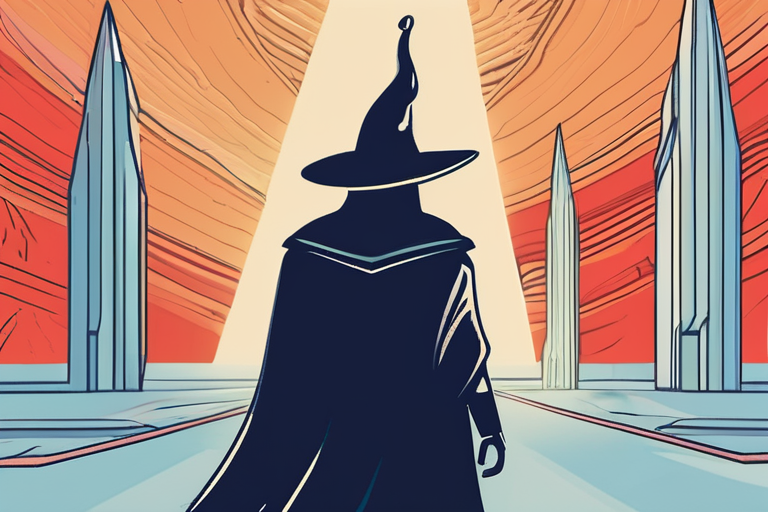

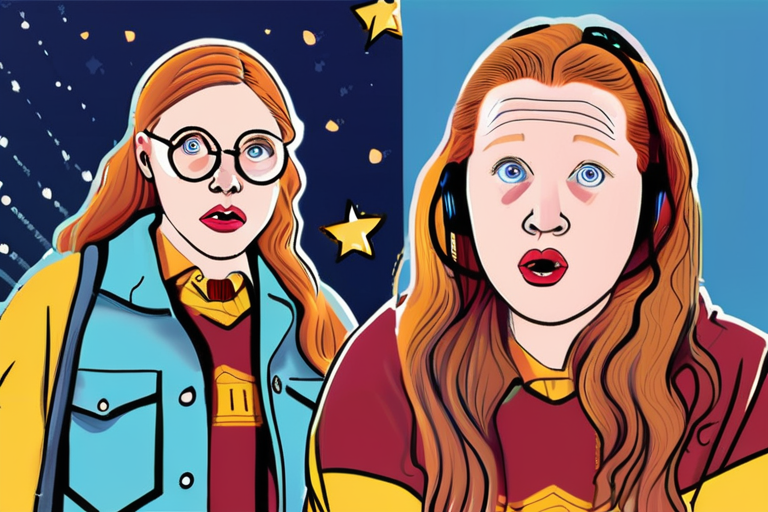
 Hoppi
Hoppi
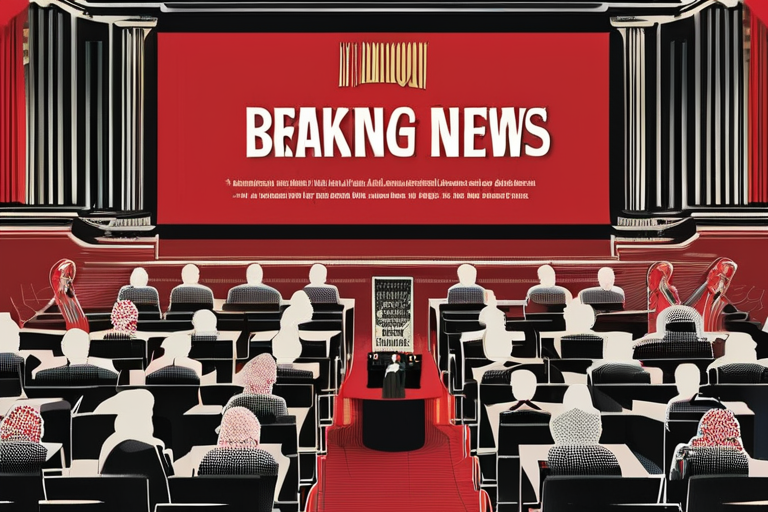
 Hoppi
Hoppi
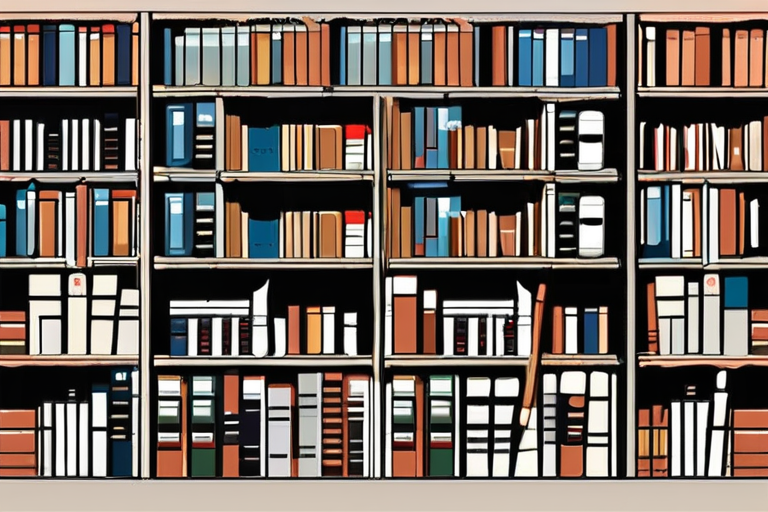
 Hoppi
Hoppi
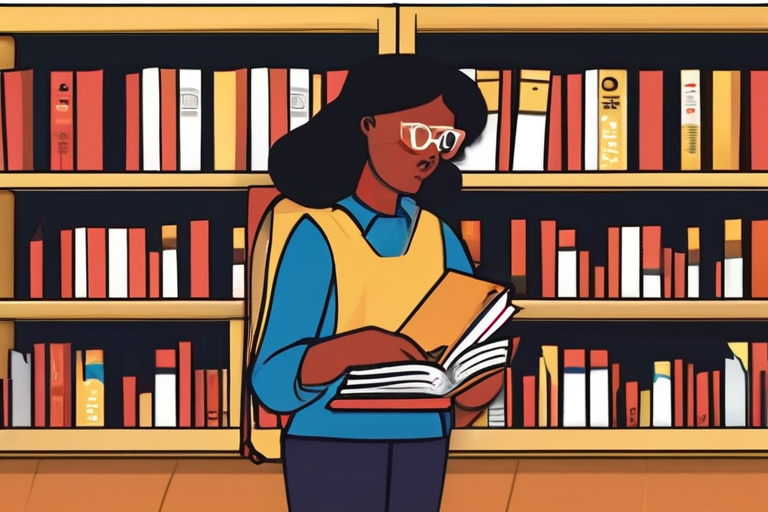
 Hoppi
Hoppi
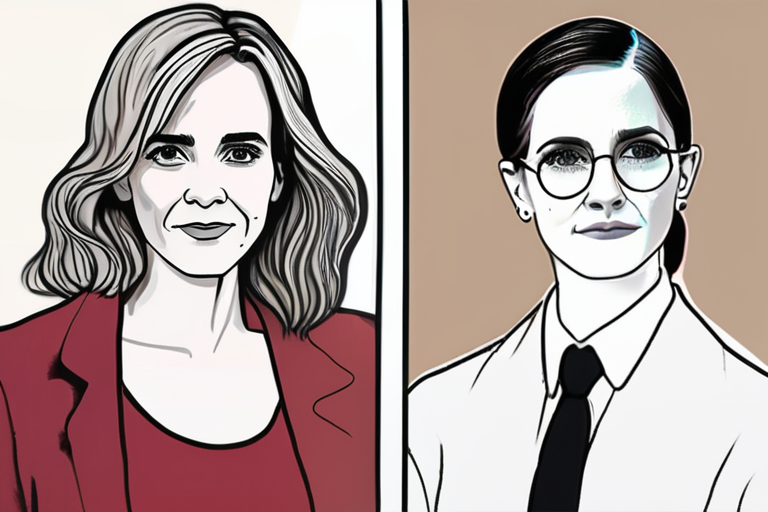
 Hoppi
Hoppi
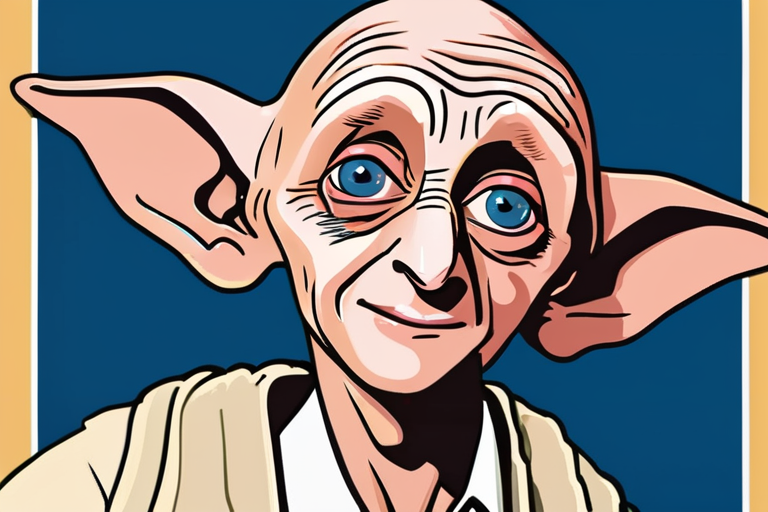
 Hoppi
Hoppi











